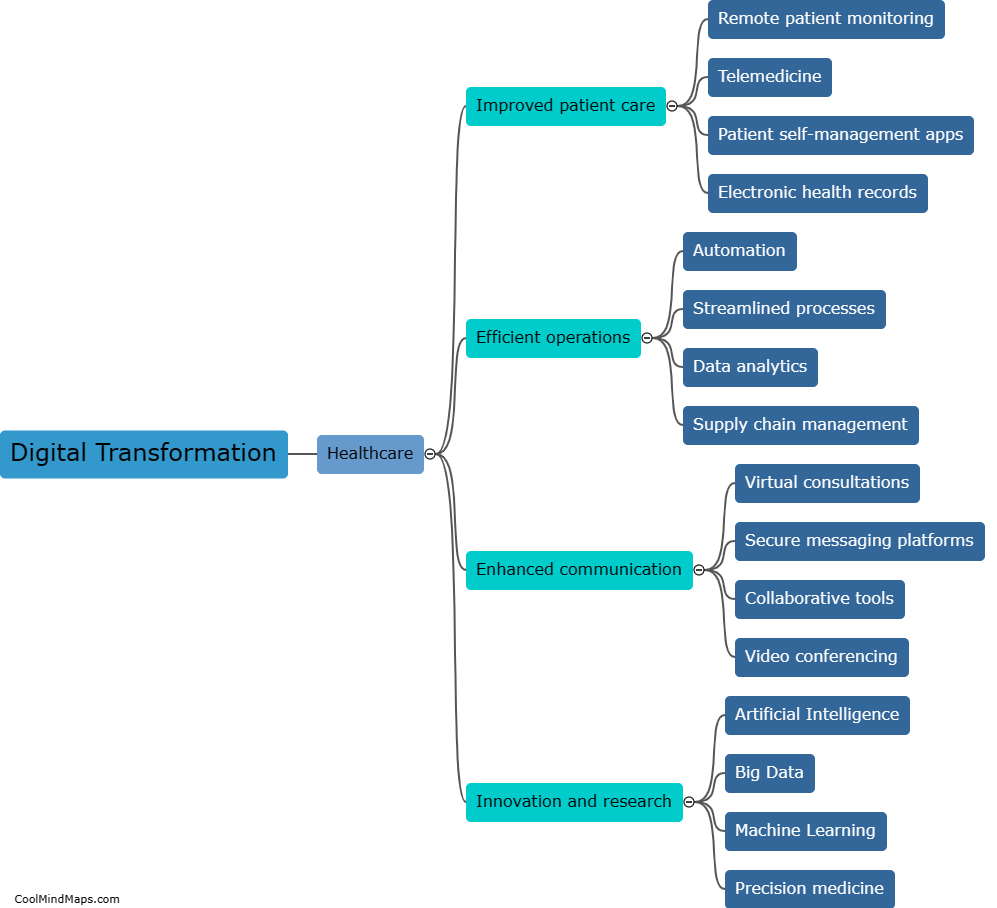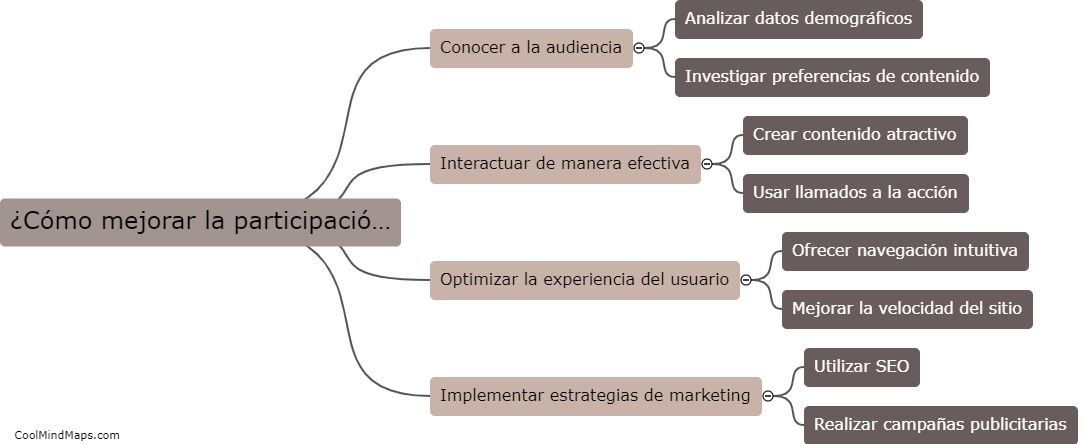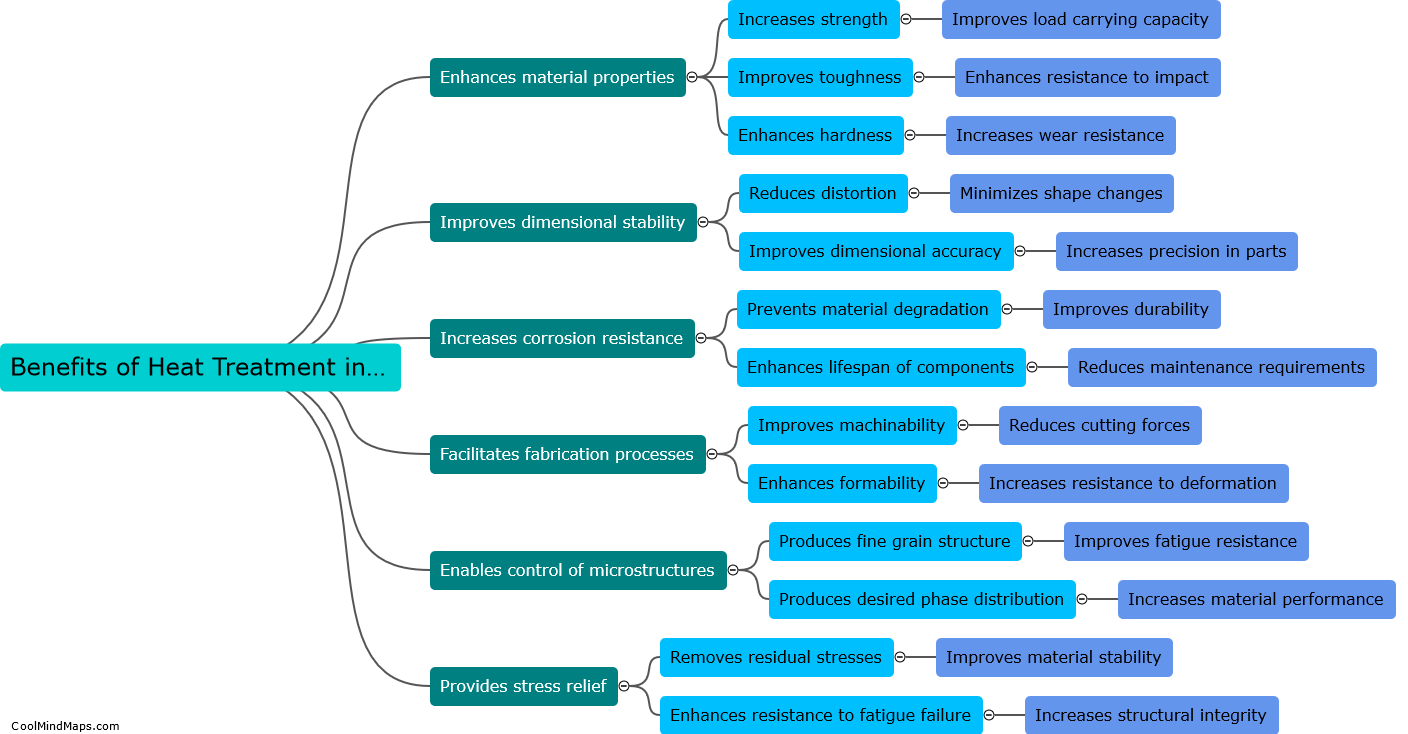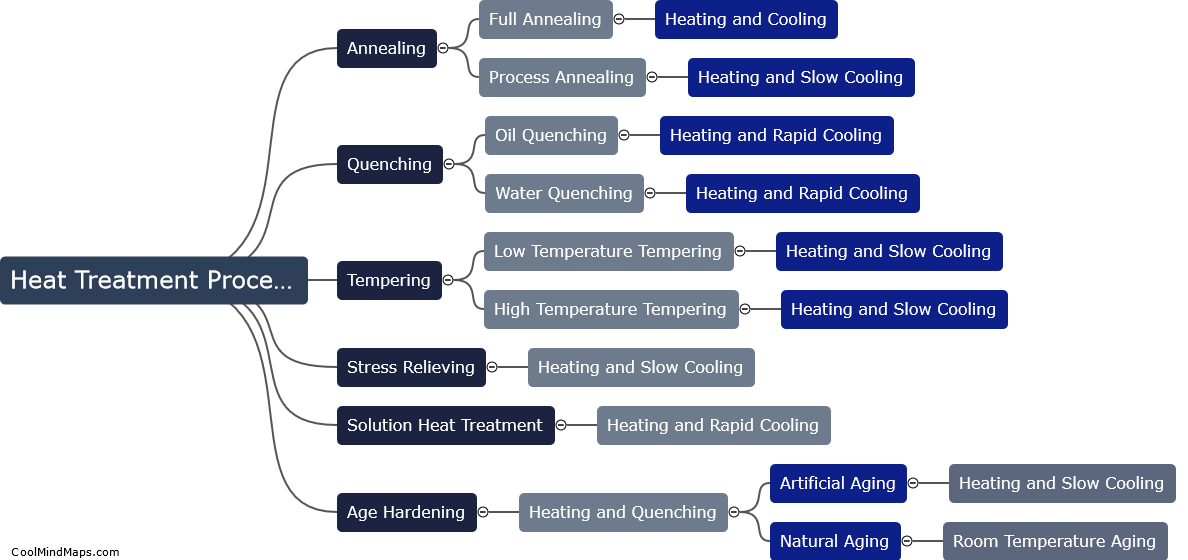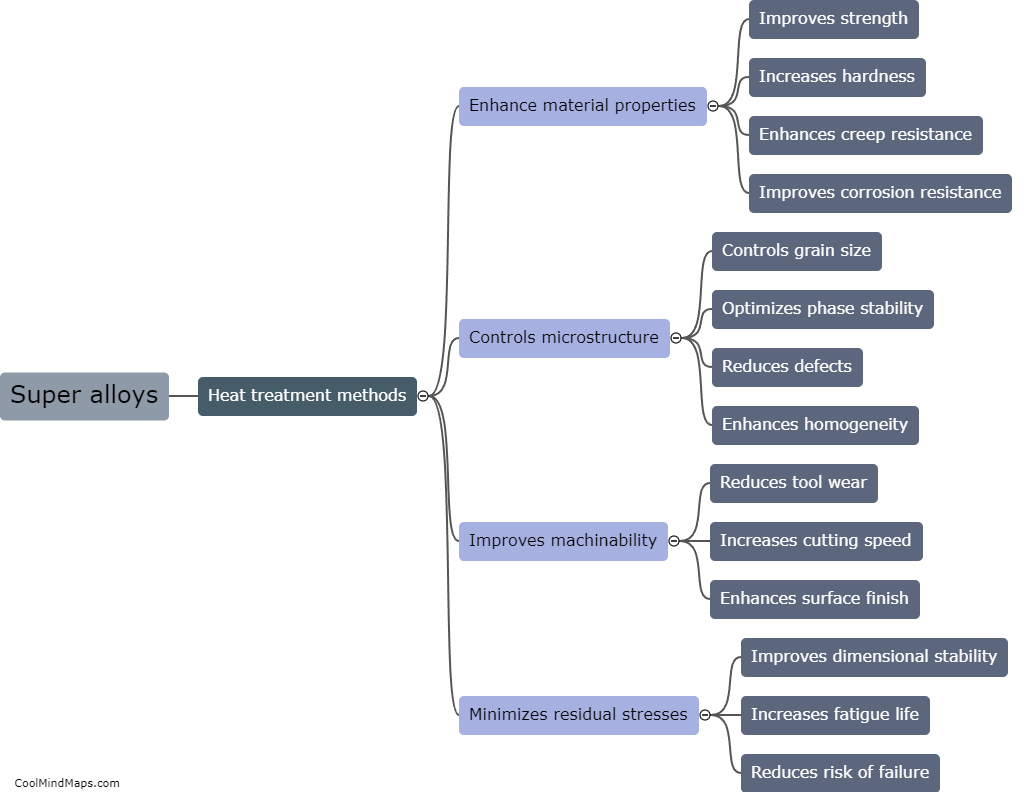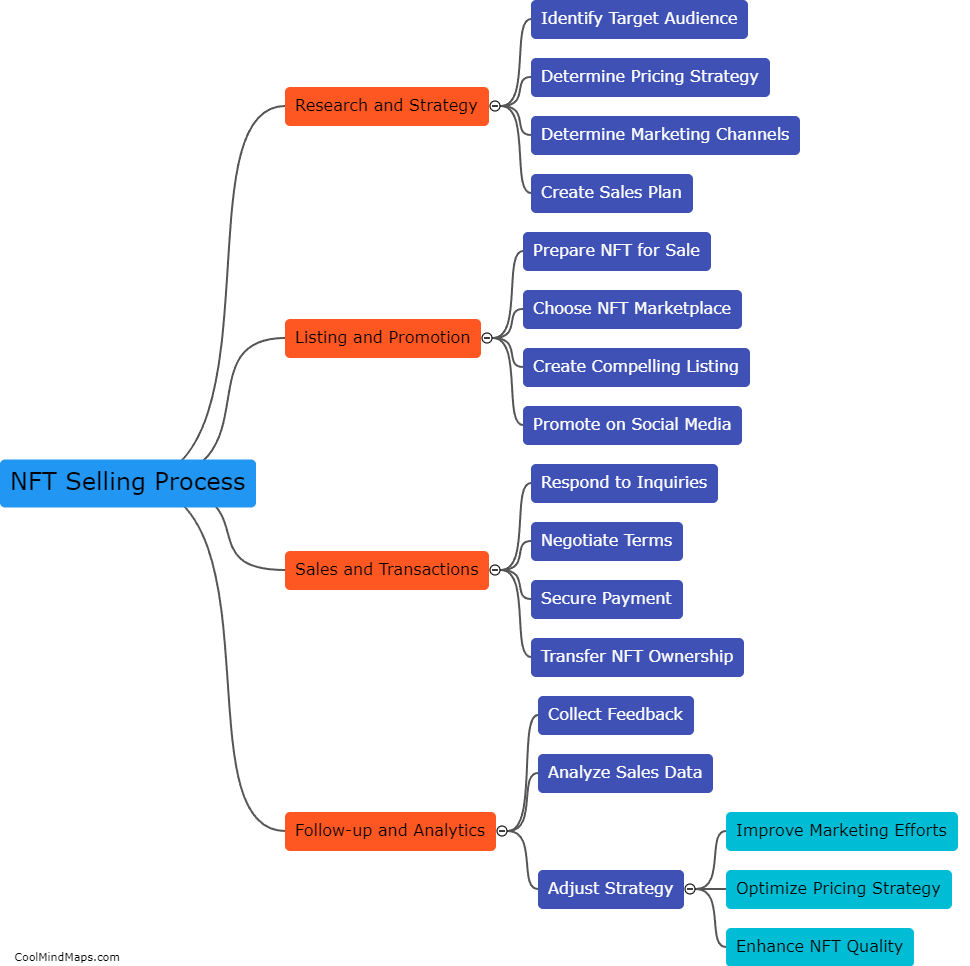What are the stages of plant germination?
Plant germination is the process in which a seed develops into a new plant. It involves a series of stages that are crucial for the successful growth and establishment of a plant. The first stage, known as imbibition, occurs when a seed absorbs water and swells, activating biochemical processes within. This is followed by the embryo's growth and development, where the radicle emerges first, serving as the primary root. Next, the shoot emerges from the seed, pushing through the soil towards the light. As the shoot continues to elongate, the plumule, consisting of the embryonic leaves, unfolds, eventually developing into the plant's above-ground structures. Finally, the plant undergoes seedling establishment as it develops true leaves and establishes its root system to absorb water and nutrients from the soil. Overall, these stages are vital milestones in the life cycle of a plant, leading to its successful germination and growth.

This mind map was published on 31 August 2023 and has been viewed 96 times.
